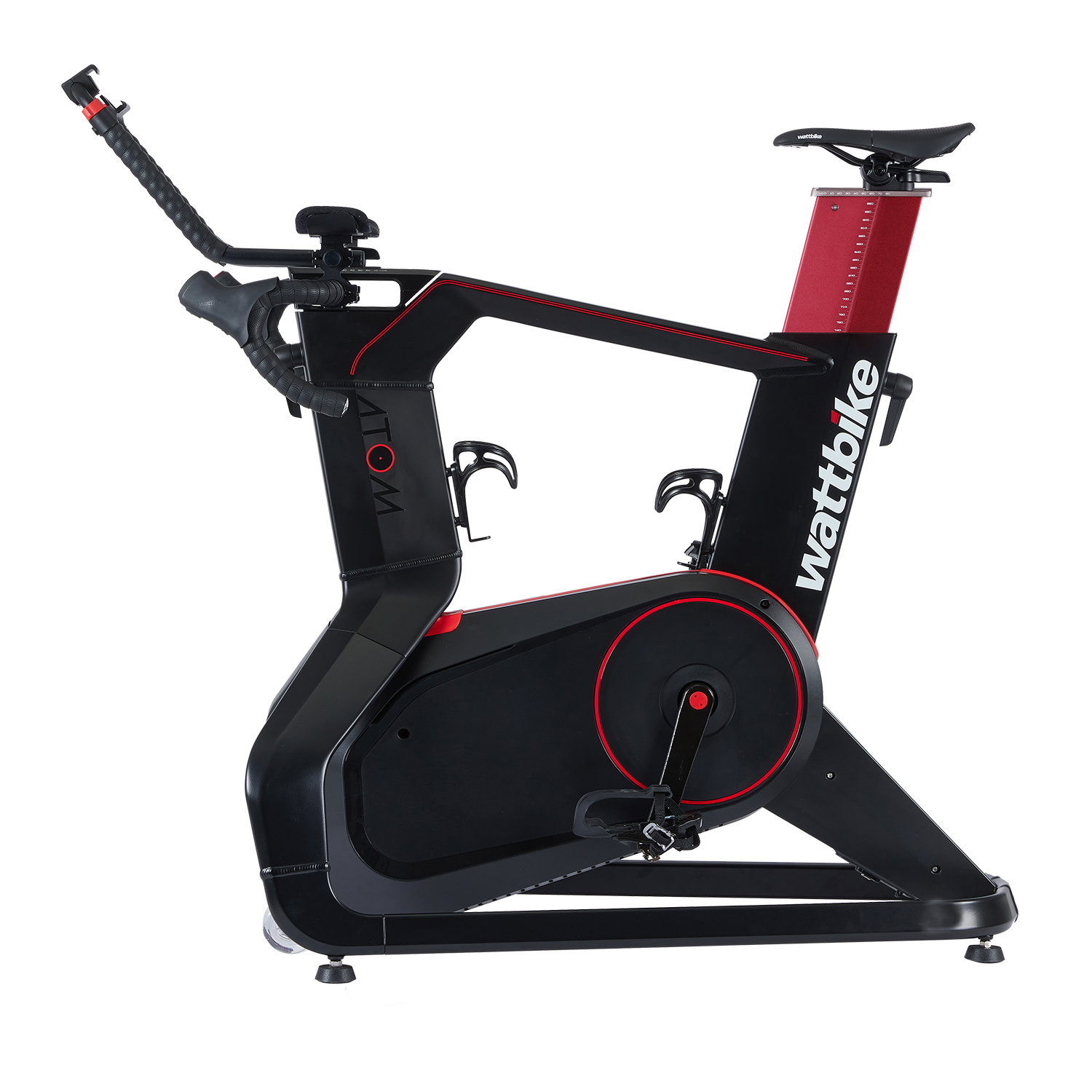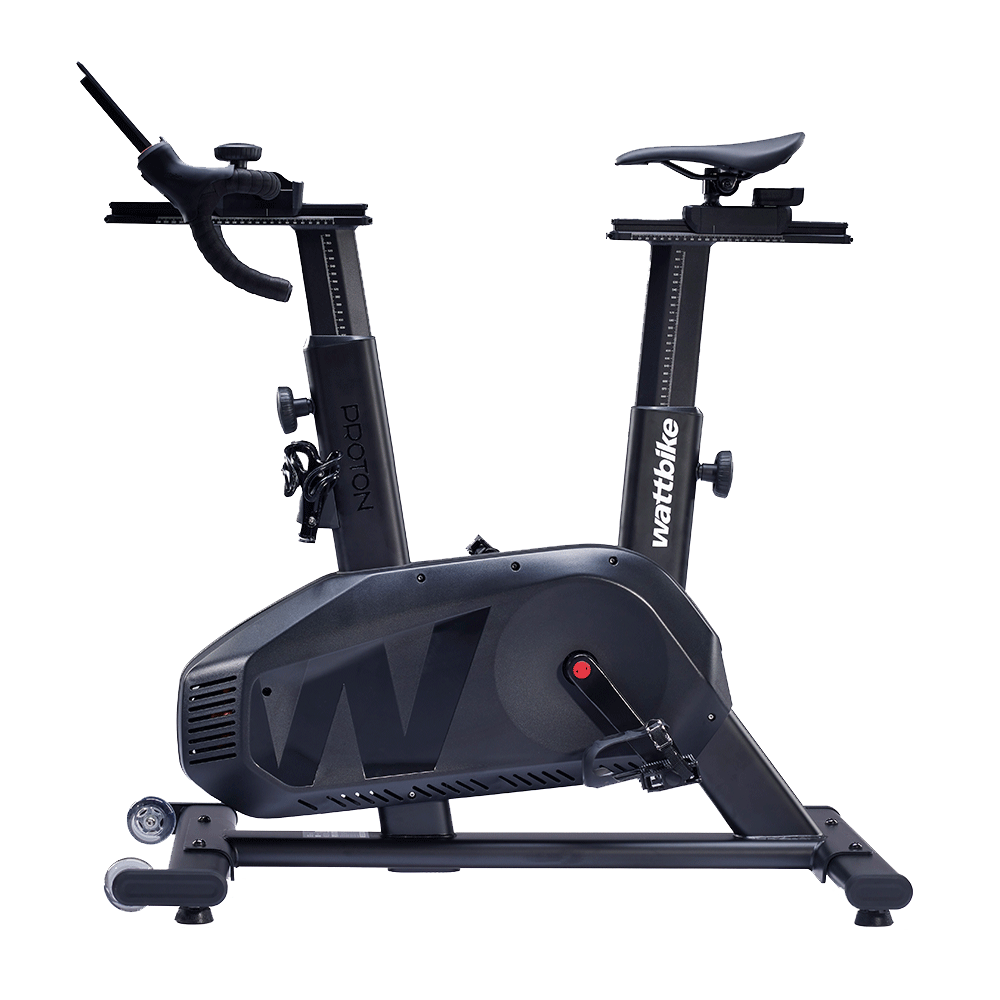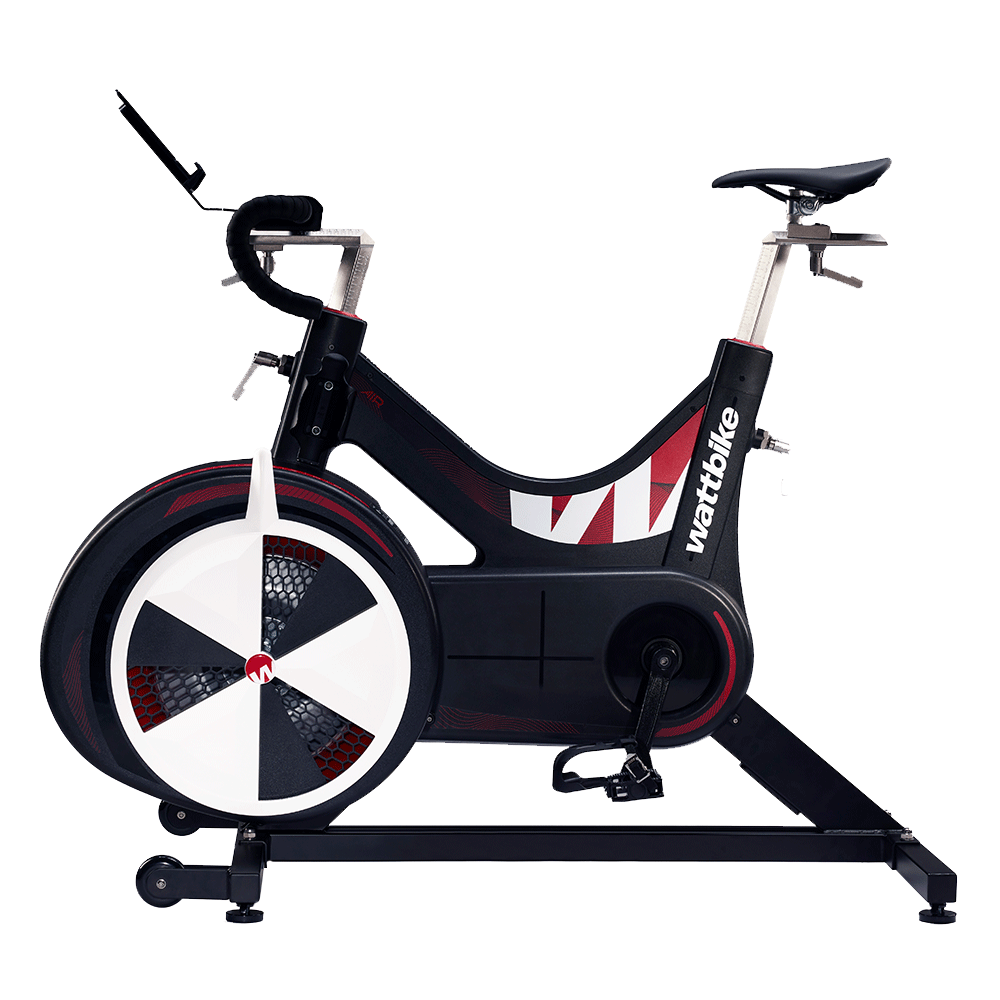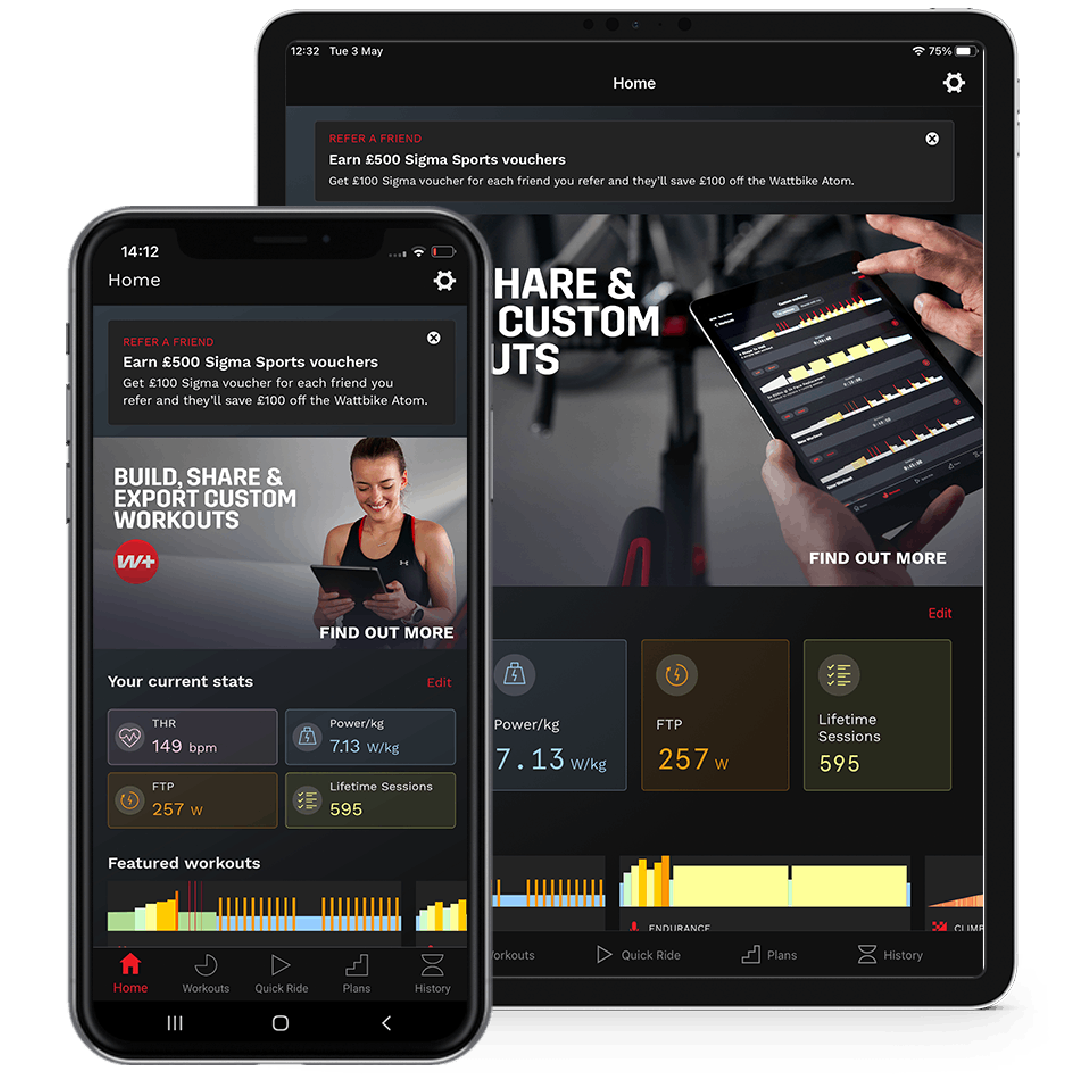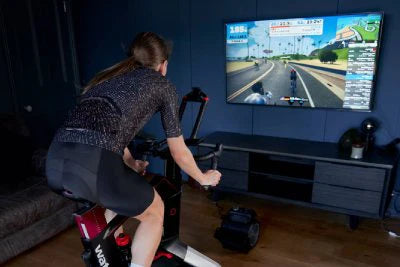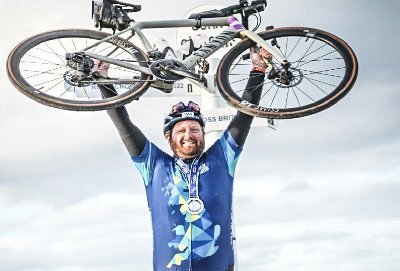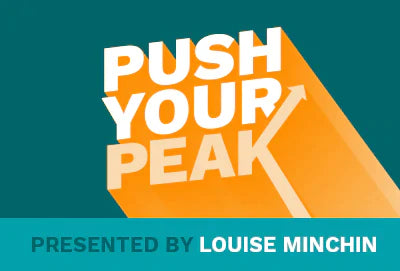Your Cart is Empty
SHOP
TRAINING & APPS
SUPPORT
news & information
How to eat like a Wattbiker
September 26, 2018 4 min read
Wattbikers have a sharedobsession for performance, a dedication to success that world champions and amateur athletes have in common. Wattbikers know that the perfect training plan takes time and dedication. They work backwards from their goal, knowingevery workout is personalisedto the results they want.
This obsession for performance extends into everything Wattbikers do. They know that success isn’t given, it’s earned. Including nutrition. Eating right can be the difference between a killer interval session and skipping an essential workout in your training plan. With this in mind, we asked Annie Simpson atOTE Sportsfor her advice on how to eat like a Wattbiker.

EAT THE RIGHT THING AT THE RIGHT TIME
To get the most out of any Wattbike session, you must be nutritionally prepared before you start and know how to approach your intake after. For a hard interval session you need to provide the body with the fuel it needs. At high intensities, our body relies on burning carbohydrates from our internal stores. The problem is that these stores are limited and need to be full before taking on those tough training sessions. Around 2-3 hours before, aim to eat a small high carbohydrate meal or snack. This will help to top up your glycogen stores ready for the session. If you are pushed for time, then reduce the size of the snack as you get closer to the session, but still take on board some carbohydrates. An OTE Duo Bar one hour before is a ideal.
If the training session has been tough; think recovery. Within 30 minutes of jumping off the Wattbike aim to have a recovery drink. This supplies you with protein to repair muscles damage, tops up your carbohydrates store and the extra fluid helps rehydration. Not all training days require the same nutritional approach. For rest or easy training days you can cut down on your calories and carbohydrate intake. You are doing less exercise and therefore the energy requirement is less. Don’t cut carbohydrates out completely, just reduce the portion size in each meal. Training session intensity will also affect your fuel consumption. The harder the training session the quicker your carbohydrate stores will deplete. A very intense interval session could require some energy drink or energy gel mid-session to keep the training quality. But a moderate intensity session under 90 minutes will require no fuel during, just hydration.
Hydration is not something to be ignored. In fact it’s pretty fundament to sporting performance. Unfortunately dehydration isn’t something that can be undone very quickly, it needs to be part of everyday life. Sipping on fluid little and often is key to remaining hydrated during and around exercise. If you are as dehydrated by as little as 2%, this can negatively effect your sporting performance. During exercise it is particularly easy to lose fluid, especially on a wattbike and so we advise always having a bottle to hand to sip on containing electrolytes. Electrolytes help replace the lost salts and speed up rehydration. An OTE Hydro Tab is ideal for this. Basically the plan around your nutrition needs to be as focused as your training session if you want to get the best out of yourself.

EATING RIGHT FOR YOUR GOALS
Wattbikers don’t cut corners when it comes to training. The same attitude applies to nutrition. There’s no easy option for everyone - it’s about eating what’s right for you and your targets. When starting a block of training, or working hard towards your goal, it’s easy to think eating a certain way will be good for all disciplines. This isn’t necessarily the case.
It is important to remember that everybody is different. From our physiological make up to our sporting goals, no two people are the same. When training toward a specific event, you need to tailor training to help meet the demands of the event. You wouldn’t spend hours in the gym working on your one rep max if you were training for a marathon - nutrition is exactly the same.
For those training for endurance events it is important to have a diet rich in carbohydrates. This is our body’s main fuel source and our stores need to be topped up during training to avoid ‘hitting the wall’. Carbohydrates need to take up around 50% of our daily diet to make sure we are replenishing stores around training.
For those wanting to lose a little weight, a high carb diet isn’t as beneficial for achieving this goal. To lose weight you need to be in a negative energy balance to start with, so this means eating fewer calories. Changing the macronutrient composition of your diet can help, too. On days when training levels are low or you’re resting, reducing carbohydrate content and replacing it with protein can help your body to rely on using fat as a fuel. Fat can only be used when the body is at a low intensity, so cutting carbs isn’t advantageous if you have big or intense training days.
For those wanting to become more explosive, obviously the specific training sessions that you do will be important, but supporting this with the right nutrition will help the body to adapt to the training. The type of training associated with improving explosive power comes hand in hand with muscle damage and so protein plays a huge role in helping your body recover from this. Having a 20-25g portion of protein straight after training and then every 3-4 hours after that supplies the body with a constant supply of amino acids to help rebuild your muscles. Snacks like OTE Protein Bars are an easy way to achieve this. Consuming any more than this in one sitting isn’t necessary as our body just can’t process it. Carbohydrates are still a very necessary for part of the diet but not as much as a pure endurance athlete.
Also in Health Hub

The Wattbike Healthspan Check: The Simple Way to Monitor Health and Track Improvement
September 17, 2025 2 min read
Discover how the new Wattbike Healthspan Check helps you understand your fitness and long-term health in just 6 to 12 minutes. Backed by VO₂ Max science and available in the Wattbike Hub app, it delivers a personalised Healthspan Score plus tailored training plans to keep you improving over time.

Getting fit by 40 with Simon Hooper
August 12, 2022 1 min read
Earlier this year, keen cyclist and influencer @Father_of_Daughters, aka Simon Hooper, upgraded his indoor training set up from aturbo trainerto theWattbike Atomsmart bike to hit one specific goal...to be the fittest he’s ever been before he turns 40.

Ways to Fuel Yourself Before & During a Wattbike Session
January 12, 2022 5 min read
In association with Clif Bar. Whatever you want to achieve, the food you eat has a significant role. Getting it right can supercharge you towards where you want to be, make training more enjoyable and lead to a healthier you.
Read MoreSign up to get the latest
Be the first to hear about Wattbike news, offers and more.



